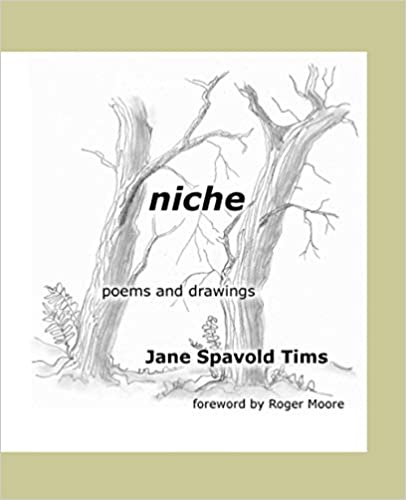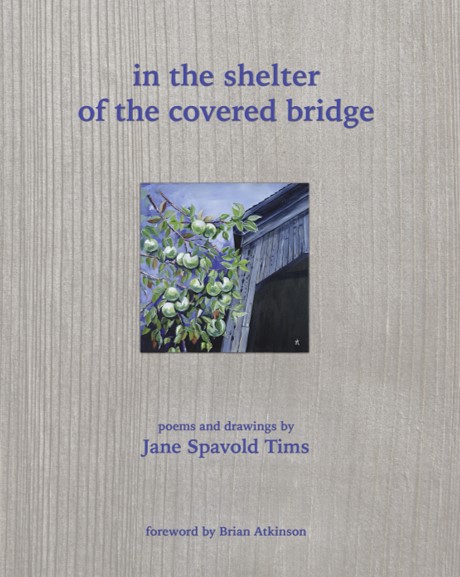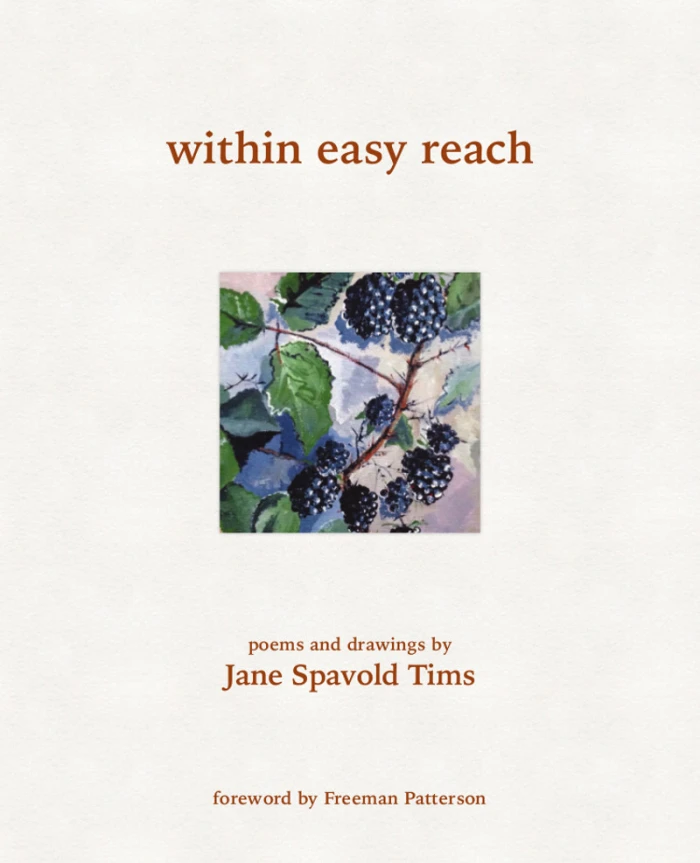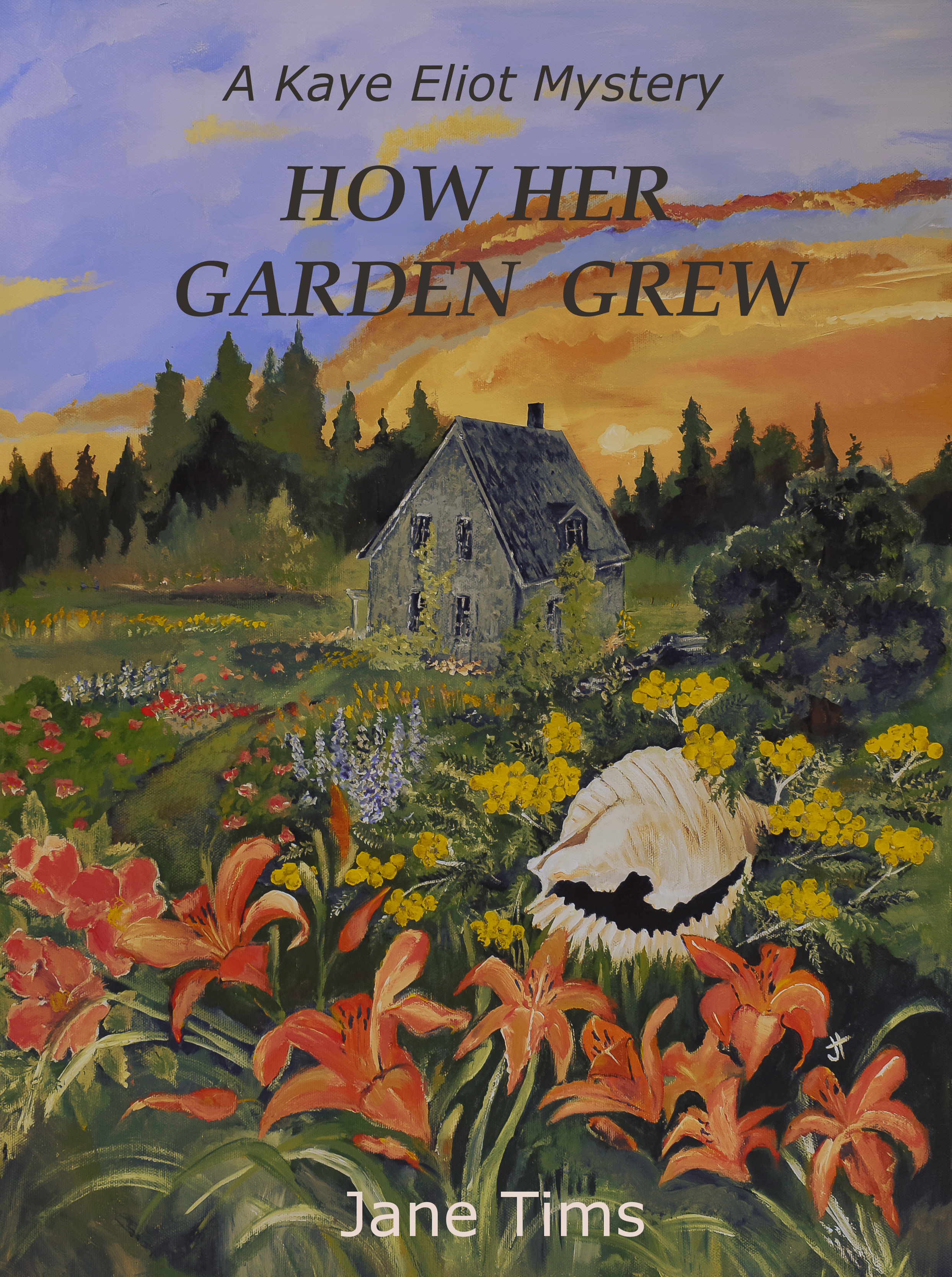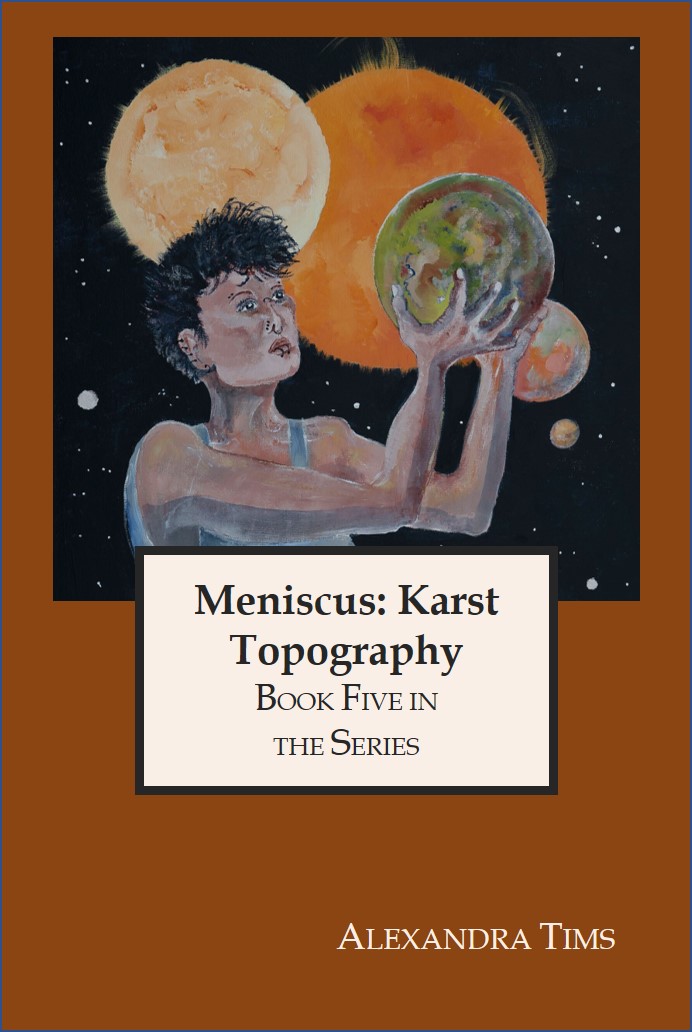When we go for drives to find covered bridges or one room school houses, I always watch the roadside for plants familiar and unfamiliar. This habit comes from years of work as a botanist. As we drive, I name the plants I know. Sometimes there is a huge surprise!
~
While driving in Victoria County last year, looking for a covered bridge, we travelled a short way on a side road. The road became quite rough and narrow and soon we were searching for a good place to turn. There, away from any habitation, among the vegetation on the side of the road, was something different: large 3 to 5-lobed leaves, climbing tendrils and golden cone-like flowers. A vigorous ‘wild’ hop vine. I was thrilled!
~

~
Hops (Humulus sp.) is well known as a stabilizing and flavouring agent in beer. The hops contain various flavonoids, acids and oils which impart smell and taste to beer.
~

~
When I got home, I went hunting on the Internet and discovered a CBC article describing an Agriculture Canada study about native hops. http://www.cbc.ca/news/canada/prince-edward-island/hops-research-could-aid-beer-industry-1.3136764
The researchers, Jason McCallum and Aaron Mills, were (and still are) asking for the public’s help in locating wild hops in the Maritimes. Needless to say, I contacted them.
A couple of weeks ago, I learned they were coming to New Brunswick to find my hops plant. To make sure we could give them good directions, my husband and I drove to Victoria County to see if the plant was still there. It was growing more vigorously than ever, climbing among the top branches of a downed tree.
~

~
With our improved directions in hand, the Agriculture Canada team found the hops plant, a couple of hours after a road crew went through with bush saws to widen the road!!! However, the team was able to take the samples they needed and assured me that the plant was so vigorous, it would be able to recover and continue to thrive!
~

~
The researchers at Agriculture Canada will do genetic analyses to determine if the plant is native to North America (var. lupuloides), an escaped European hops (Humulus lupulus) or a hybrid between the two. The purpose of their study is to examine hops native to New Brunswick to see if they have resistance to disease and pests. Discovery of a native hops variety, perhaps with unique properties, flavours and aromas, would be valuable to a local brewing industry.
~
Hops are cultivated around the world. The Agriculture Canada researchers think ‘my’ hops plant may have been grown on a now-abandoned homestead. These folks may have grown the hops as a way of making starter cultures of yeast for bread-making. The elements in hops are toxic to bacteria but tolerated by yeast. Starter cultures resulted when yeasts colonized standing mixtures of hops and a sugar like molasses.
~
This experience has reinforced my passion for ‘ditch-combing’ … I am so lucky to have my husband as driver so I can spend my time scanning the road side. If you live in the Maritimes, keep your eyes open and if you see a wild hops plant, let the researchers at Agriculture Canada know!
~
Copyright Jane Tims 2016















 ~
~









